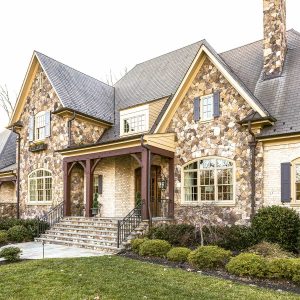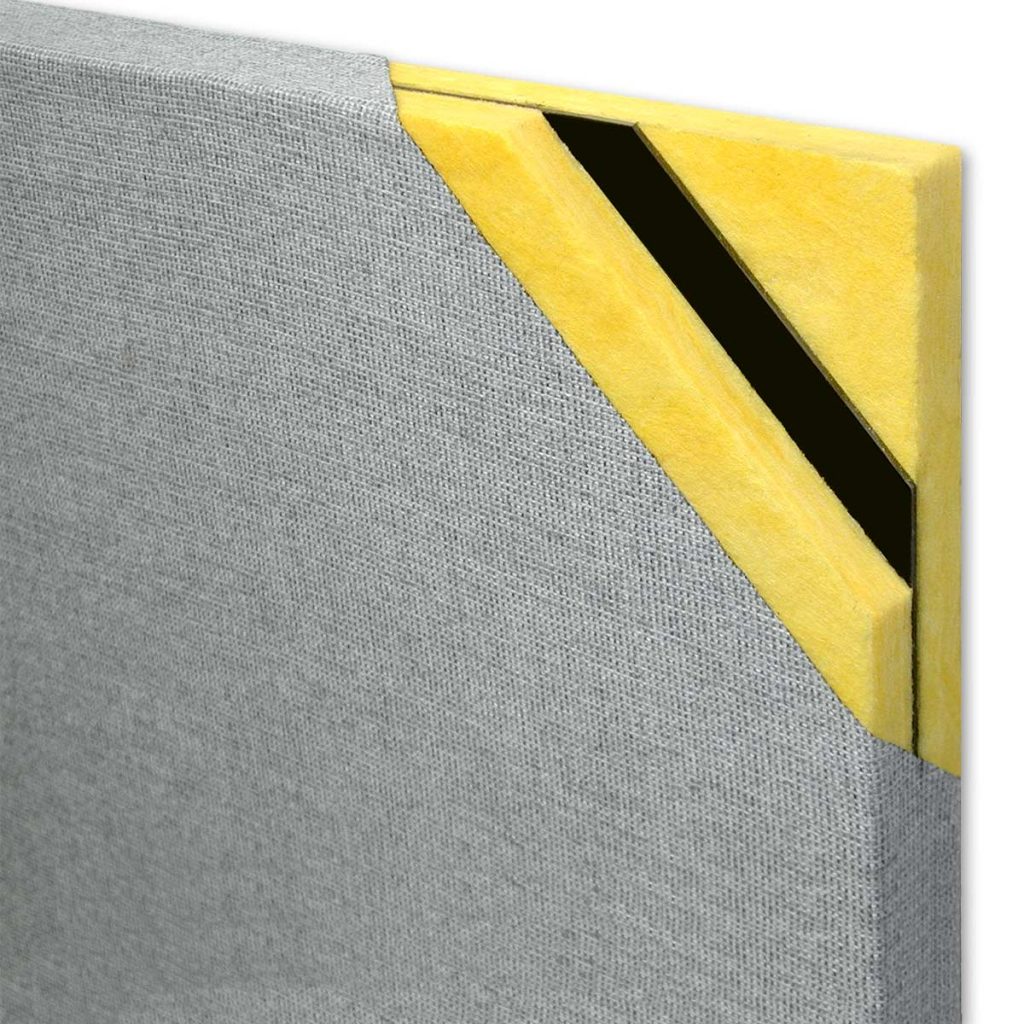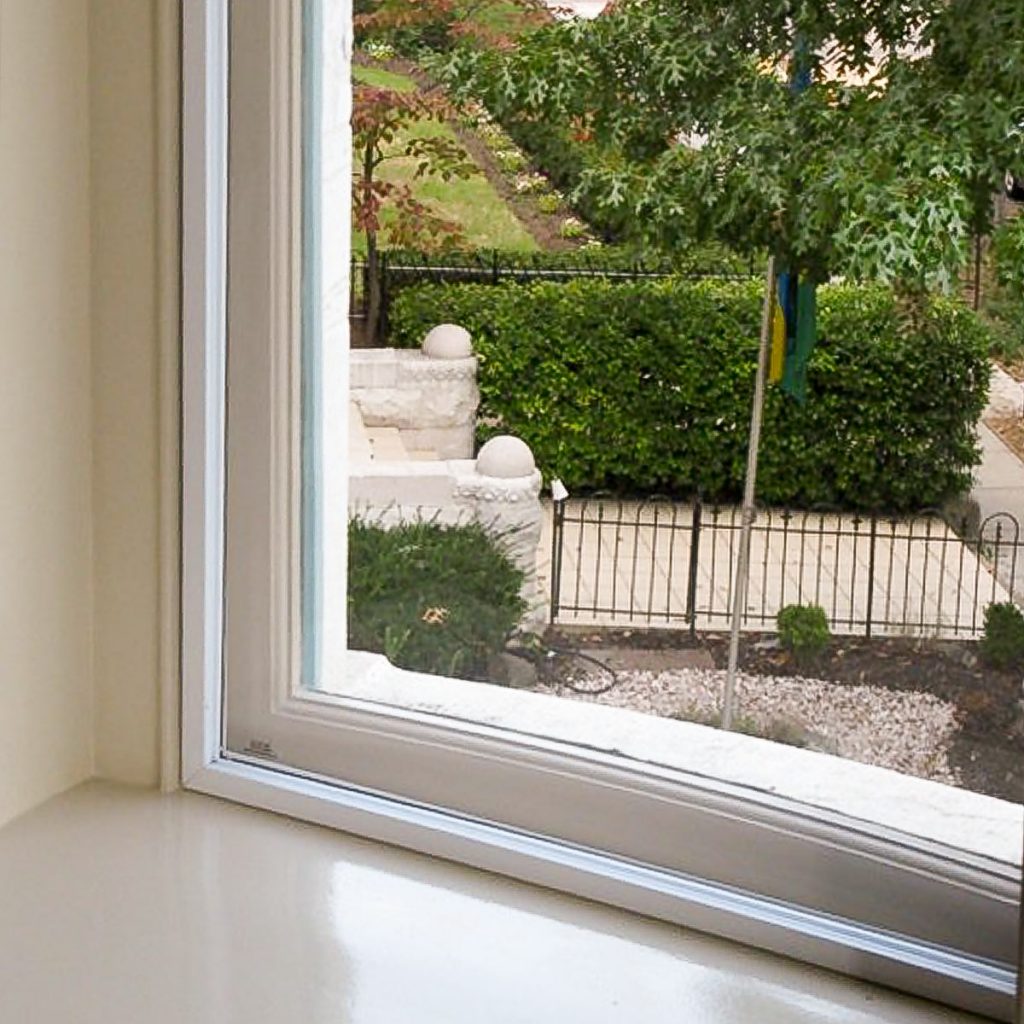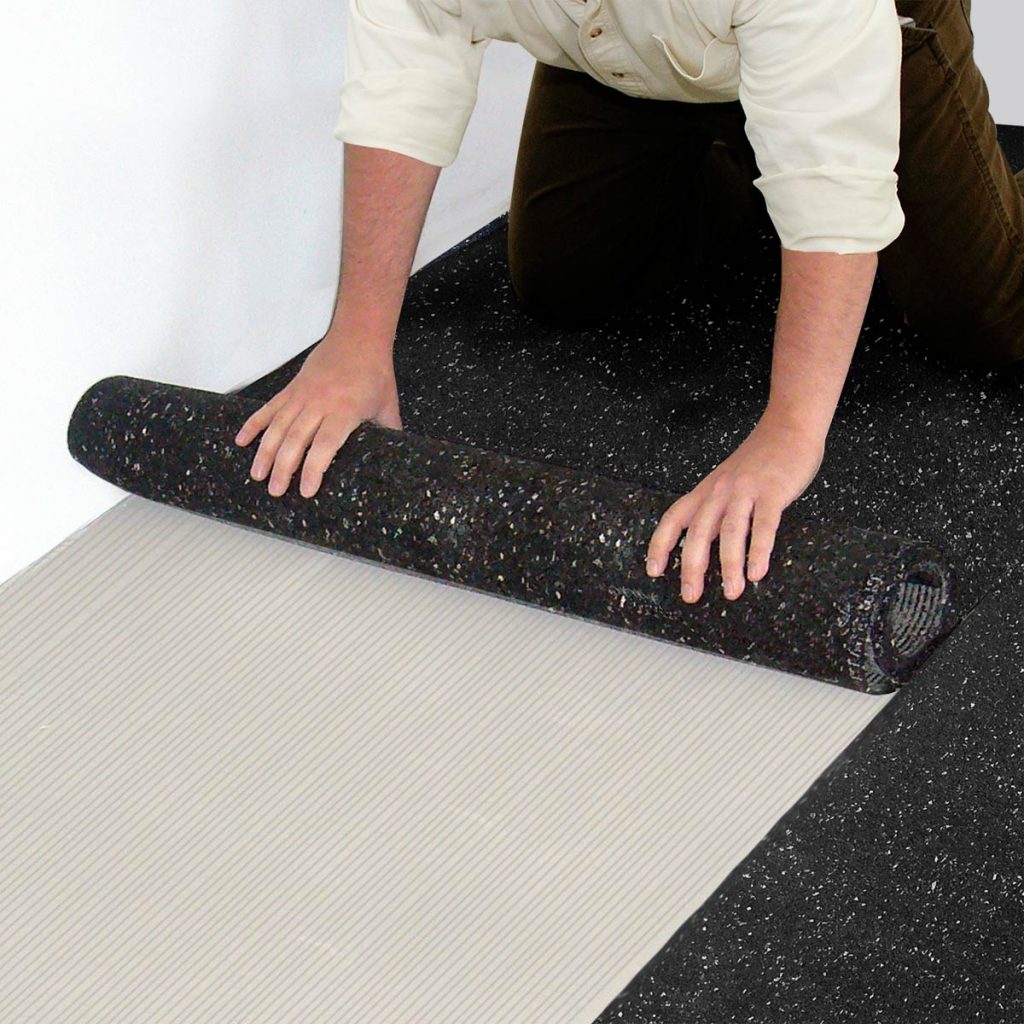
Live Wire Home Theater
When working with a client who was pursuing Passive House Certification, they were focused on insulation, airtightness, and energy efficiency—but soon realized another issue: noise. Their home was designed to meet Passive House standards, yet outside traffic noise and mechanical hum from the HVAC system created an unexpected challenge. That’s when we stepped in to help integrate soundproofing solutions that complemented their Passive House goals.
Passive House Certification is one of the most rigorous building standards for energy efficiency, emphasizing thermal insulation, airtight construction, and high-performance ventilation. However, one crucial element that is often overlooked is acoustic performance. Soundproofing plays a significant role in ensuring that Passive House buildings are not just energy-efficient but also quiet and comfortable.
In this guide, we’ll explore how acoustics align with Passive House Certification and how Acoustical Solutions can help meet these standards.
What Is Passive House Certification?
Passive House Certification (or Passivhaus Certification) is a globally recognized standard that focuses on reducing a building’s energy demand while maintaining optimal indoor comfort. Developed by the Passivhaus Institute (PHI), this standard applies to residential and commercial buildings that meet strict energy efficiency and performance benchmarks.
Core Principles of Passive House Certification
- Superinsulation – Enhancing building envelope insulation to reduce heat transfer.
- Airtight Construction – Eliminating air leaks to maintain consistent indoor temperatures.
- High-Performance Windows & Doors – Preventing heat loss and improving efficiency.
- Ventilation with Heat Recovery (HRV or ERV) – Ensuring fresh air while conserving energy.
- Thermal Bridge-Free Construction – Eliminating areas where heat can escape.
While these principles focus on energy efficiency, they also significantly impact acoustics—a well-sealed, insulated home naturally reduces noise transmission, but additional soundproofing is often necessary.
Why Acoustics Matter in Passive House Design
While energy efficiency is a primary goal of Passive House Certification, acoustic comfort is just as important for creating a truly livable and peaceful environment.
The Overlap Between Soundproofing and Energy Efficiency
The same materials that make a home energy-efficient—such as airtight seals, thick insulation, and high-performance windows—can also enhance its acoustic performance. However, Passive House projects often require additional soundproofing to prevent unwanted noise from entering or traveling between rooms.
Key Areas Where Acoustics Are Crucial in Passive House Buildings
- Exterior Noise Reduction – Homes built in urban areas must block traffic and neighborhood noise.
- Interior Soundproofing – Open-concept designs and reflective materials can amplify sound.
- HVAC & Mechanical Noise Control – Airtight homes can trap unwanted mechanical noise.
- Impact Noise Reduction – Footsteps and movement noise must be managed effectively.
By integrating acoustic solutions into the Passive House standard, homeowners achieve both energy efficiency and acoustic comfort.
Passive House Certification Requirements & Acoustic Solutions
To achieve Passive House Certification, builders and designers must meet strict energy performance criteria—but acoustic considerations should not be ignored.
While we are experts in acoustical solutions and soundproofing, we are not Passive House Certification consultants. We recommend working with a qualified Passive House professional to ensure all certification requirements are met. Here’s how Acoustical Solutions can assist with improving the acoustic performance of a Passive House project.
1. Wall and Ceiling Soundproofing

AlphaSorb® Barrier Acoustic Panels
- Use Barrier Acoustic Panels — Installing full-coverage systems like AlphaSorb® Barrier Acoustic Panels over walls and ceilings can effectively block airborne sound transmission.
- Composite Acoustic Foam — Products such as AlphaSorb® Composite Foam can be used over entire wall surfaces to reduce sound transfer and improve acoustic performance.
- Soundproofing Barrier – Installing PrivacyShield® Mass-Loaded Vinyl (MLV) helps block airborne noise while maintaining energy efficiency and can be installed on walls, ceilings, or floors.
2. High-Performance Windows & Doors

PrivacyShield® Window Seal Kit (In Jamb Mount)
- PrivacyShield® Window Seal Kits enhance the airtightness of Passive House windows while providing additional sound insulation.
- Sealing Gaps with Acoustic Door Seals ensures doors maintain airtight construction while preventing noise leaks.
3. Managing Impact Noise

Iso-Step® Floor Underlayment – Roll out and lay the Iso-Step into the adhesive bond.
- Floating Floor Systems – Soundproofing underlayments like Iso-Step® Floor Underlayment help reduce footstep noise in multi-story Passive House designs.
- Acoustic Carpet Pads – Absorbing impact noise prevents sound transfer through the structure.
4. HVAC Noise Reduction

Reduce Outdoor Noise with a Sound Blocking Fence
- Sound Enclosures for Mechanical Systems – Airtight homes trap HVAC noise, but PrivacyShield® Soundproofing Blankets help isolate and dampen sound.
- Duct Liner Insulation – Reducing noise in ventilation systems ensures quiet operation in high-performance homes.
By incorporating these soundproofing solutions, builders can meet Passive House requirements without compromising acoustic comfort.
How to Get Passive House Certified
The process for Passive House Certification involves several steps, including performance assessments and third-party verification. Here’s how to get started:
1. Work with a Passive House Consultant
Certified professionals can guide the design and construction process to ensure compliance with Passive House standards.
2. Conduct a Passive House Standards Assessment
This includes measuring:
- Airtightness levels using a blower door test.
- Thermal performance of walls, windows, and doors.
- Overall energy use and efficiency.
3. Select Certified Materials
Choosing acoustic products that complement Passive House insulation ensures optimal soundproofing without compromising energy efficiency.
4. Pass Final Testing & Certification
- The building must meet Passive House Institute (PHI) or PHIUS standards before certification is granted.
- Post-construction tests confirm airtightness, ventilation efficiency, and energy demand.
By integrating soundproofing solutions into each step, homeowners achieve both energy savings and a quiet, comfortable living environment.
Why Acoustical Solutions Should Be Part of Your Passive House Project
At Acoustical Solutions, we provide soundproofing solutions that align with Passive House requirements, ensuring acoustic comfort without sacrificing energy efficiency.
What We Offer:
- Custom acoustic recommendations for Passive House projects.
- High-performance materials that complement energy-efficient designs.
- Expert guidance on integrating soundproofing into airtight homes.
Proven Results
We’ve helped builders, architects, and homeowners incorporate acoustic performance into Passive House designs, ensuring that their homes are not only efficient but also quiet and comfortable.
Build a Passive House That’s Quiet and Energy-Efficient
Passive House Certification isn’t just about energy efficiency—it’s about creating a truly comfortable living space. By incorporating soundproofing solutions into the design, homeowners can enjoy both lower energy costs and a peaceful environment.
Architects, builders, and homeowners aiming for Passive House Certification can rely on Acoustical Solutions for custom soundproofing solutions tailored to their needs.
Contact us today to find the right acoustic products for your Passive House project!
To learn more about how Acoustical Solutions can solve your noise control problems, use our contact form, call one of our Acoustical Sales Consultants at (800) 782-5742, or visit us on the web at acousticalsolutions.com.